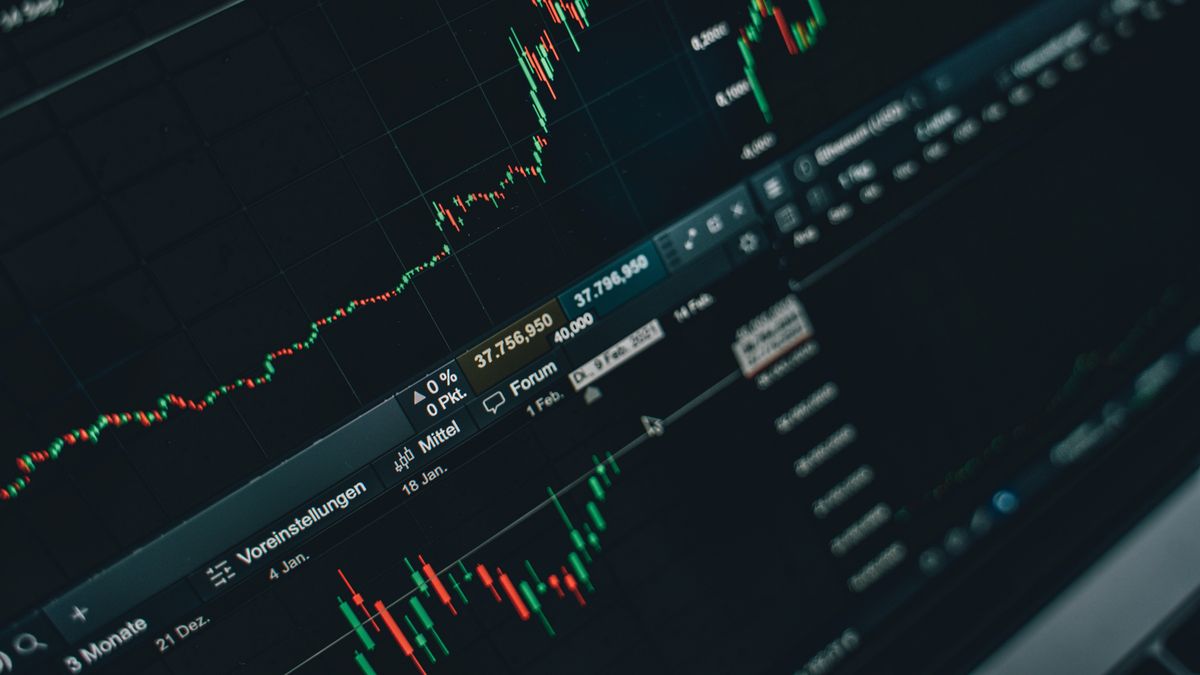Argentine stocks and bonds tumbled across the board yesterday and the S&P Merval suffered its worst daily drop in almost eight months. It occurred in the face of a deepening of the disarmament of positions to take profits, which had begun at the end of last week, given the growing electoral uncertainty in the face of the October general elections, and which was accentuated on this day in the face of greater global aversion to risk.
Conditioned by the fall in regional markets (the EWZ ETF from Brazil fell almost 1%) and a marked drop in the CCL dollar, the leading BYMA index sank 5.5% and pierced 600,000 points (closed at 581,457 units). after scoring an intraday all-time high in pesos last week, of 690,781.66 points, and climbing 43% in August. In dollars, the daily drop was 4.5%.
To find a more important drop in pesos than this Tuesday, we must go back to January 18, when the leading panel collapsed almost 10%. In this way, in the last five days, the S&P Merval accumulated a decrease of 12.5% in pesos, and 7.8% in dollars (CCL), to touch US$785.49 (minimums in more than two weeks).
The most outstanding drops of the day were led by the shares of Ternium (8.5%), Cresud (7.9%), BYMA (7.7%), Banco Macro (6.7%) and Loma Negra (6, 4%). On the contrary, those that best supported generalized sales were Mirgor (1.5%), Transportadora de Gas del Norte (2.1%), and Aluar (3.2%).
On Wall Street, for its part, Argentine papers registered falls of up to more than 6%, after not operating on Monday due to the Labor Day holiday in the United States. The declines were led by the assets of Edenor (6.3%), Vista Energy (5.5%), IRSA (5.1%), Telecom (5.1%) and Banco Macro (5%). Meanwhile, the only three stocks that dodged the reds were Globant (2.1%), Corporación América (1.5%) and Mercado Libre (0.9%).
Market operators agreed that investors continue in a stage of evident prudence and political and economic uncertainty, after an unexpected triumph of the ultra-right in PASO. “Electoral uncertainty weighs on Argentine assets. Stocks were too strong for the rise in free dollars in recent weeks. For this reason, given the fall of the CCL, the offer of shares began to increase”, Juan José Vázquez, head of Research at Cohen, described to Ámbito.
For Rafael Di Giorno, director of Proficio Investment, the cause of the sharp drop in Argentine assets was linked more to the local situation than to the global one. “Some say that it is because (the candidate of the ruling party) Sergio Massa is a little firmer in the polls. Others affirm that it is because they are afraid of (the candidate of La Libertad Avanza) Javier Milei. Each one makes their interpretation of why the market was a bit scared,” Di Giorno told this medium.
In the global context, the strengthening of the dollar hit risk assets. The New York stock market ended lower.
In the local market, the question that circulated at the tables in view of the strong profit-taking in shares was: where will the S&P Merval find a floor in dollars? For Vázquez, limiting ourselves to technical analysis, the leading panel should find some support at levels of $735 or $740”. Currently, it sits at around $785. But, if the fundamentals are taken into account, the answer is more complicated. “Clearly, current country-risk levels do not validate a Merval of US$800,” added Cohen’s head of Research.
After the primary elections, with the devaluation of almost 22%, the shares acted as a hedge and rose in 10 of the 11 subsequent days.
Bonds and country risk
In the fixed income segment, meanwhile, dollar-denominated sovereign bonds also closed with strong falls, with the exception of Global 2046 and Bonar 2035, which rose 1.9% and 0.6%, respectively. The biggest losses were those registered by Bonar 2029 (4.4%), Bonar 2038 (4.1%) and Global 2041 (3.1%). In New York, in turn, the Globals lost up to 2.1% (GD35), while the Bonares lost up to 1.6% (AL35).
Within this framework, the Argentine country-risk, measured by the JP Morgan bank, advanced 1.44% to 2,115 units, a maximum of almost three weeks.
Source: Ambito




